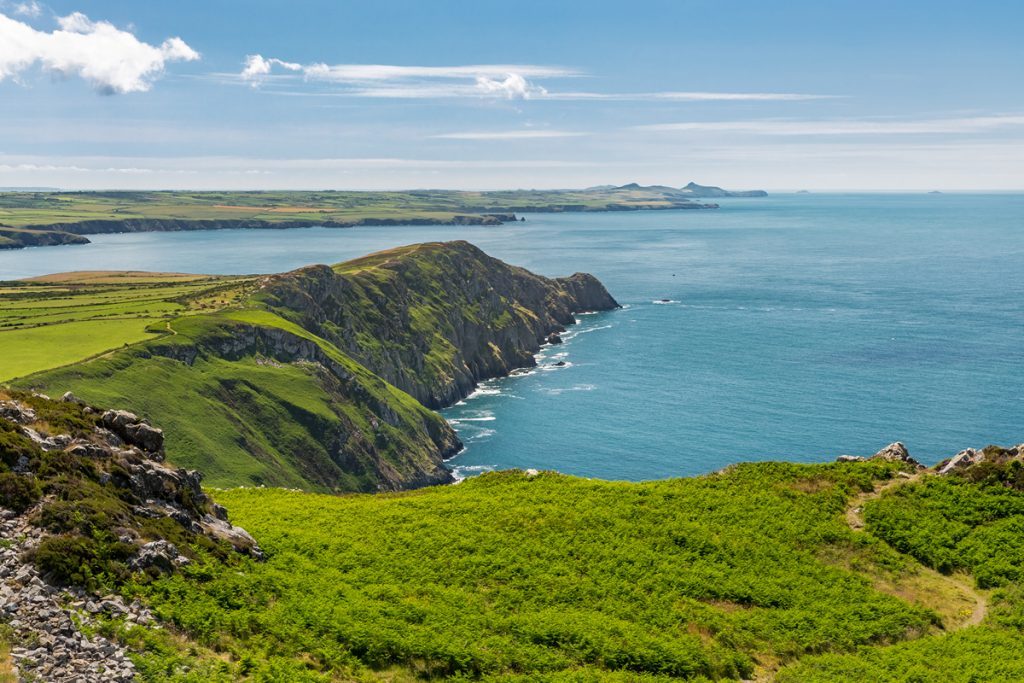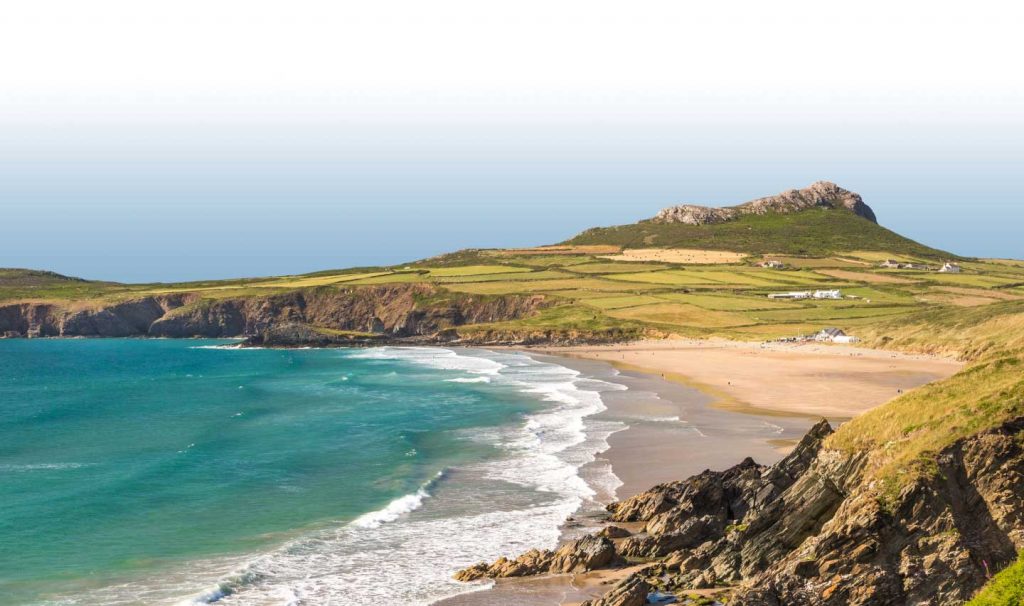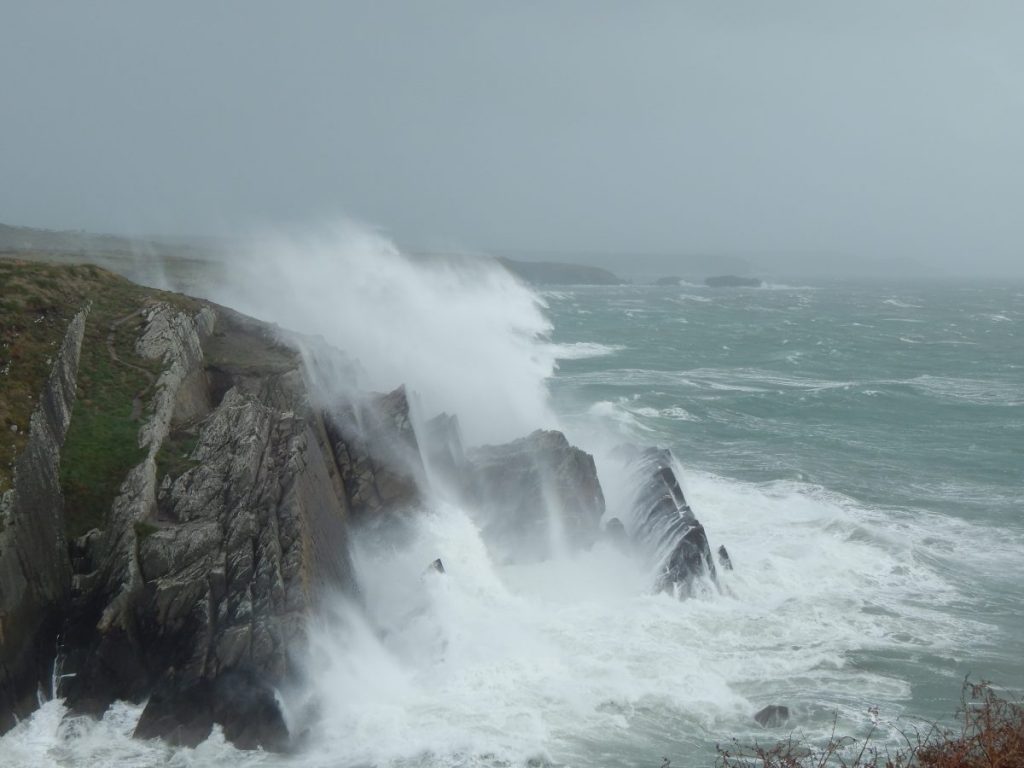Forget castles, Iron Age hill forts, golden sandy beaches and the ice cream van. We’re talking about what’s under your feet! The very stones on which the National Park lies.
There are a total of 60 Geological Conservation sites in the Pembrokeshire Coast National Park. This is a huge number considering the size of the Park, but it’s not surprising given the spectacular rocky coastline which is famous for its geodiversity. In fact it was these very sites which secured the designation of the Pembrokeshire Coast as a National Park way back in 1952.
These protected geological sites are not only popular attractions with the general public, through the Park Authority’s programme of guided walks, but they also provide a great resource for training future geologists. Budding geologists could also check out The Darwin Centre and South Wales Geologists’ Association events.
The geological conservation sites were acknowledged during the 1980’s when a very thorough study of all the key sites for geological study and research in the UK was carried out. This was called the Geological Conservation Review (GCR).
Sites of Special Scientific Interest (SSSI)
These sites are now all within designated Sites of Special Scientific Interest (SSSI) which are all legally protected to prevent damage or destruction. In most cases there are also biological features that are covered by the SSSI legislation. Police officers may be involved in cases of damage to SSSI or disturbance to wildlife. The documentation and monitoring of these sites is done by Natural Resources Wales (NRW), the Welsh Government’s statutory advisers on nature conservation.
The GCR sites range from small roadside quarries and isolated crags on hilltops to many kilometres of coastline. As a general guideline, geological features should be visible, accessible and usable, although in a few cases there may be temporary or permanent restrictions on access and/or usage, for example where sites are vulnerable to damage, on private land, or where birds are nesting. For these reasons it is essential to contact NRW if you intend to carry out work or research on a SSSI.
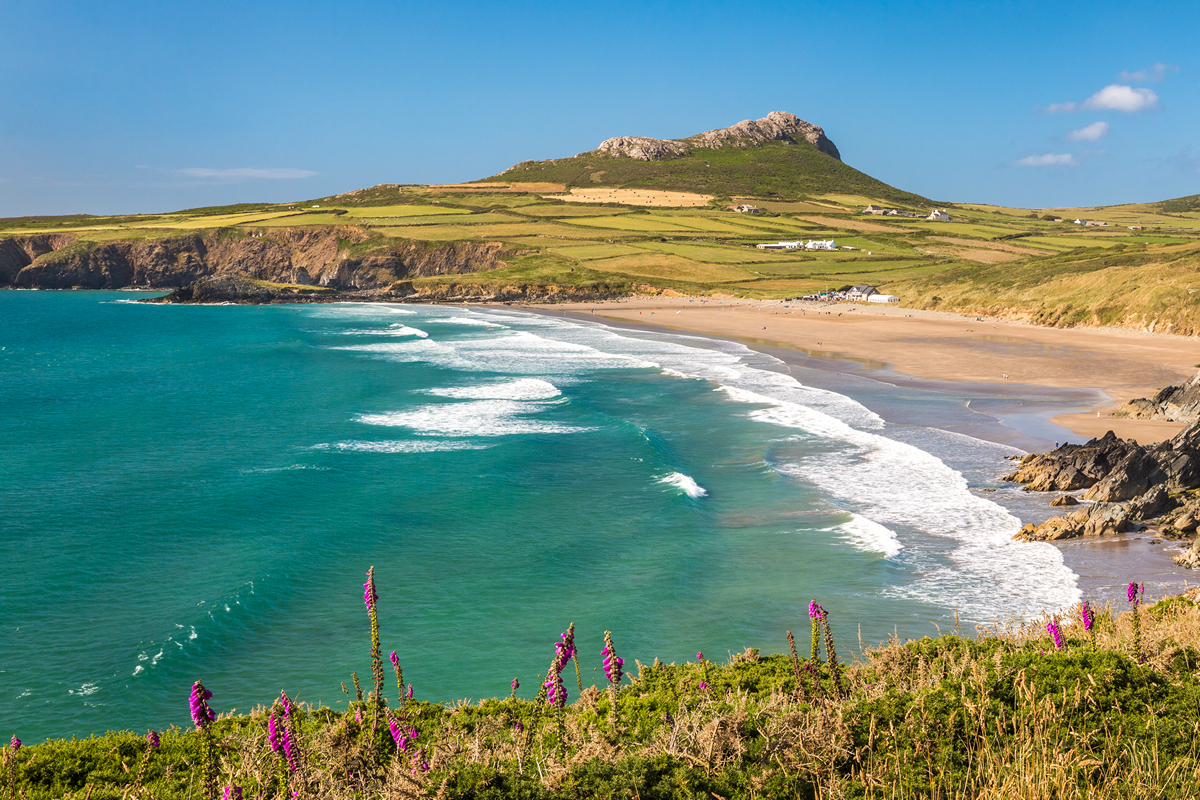
Geological code of conduct
In some locations there’s an overlap between geological and archaeological conservation, and in these cases, the legislation covering Scheduled Ancient Monuments (SAM) will also apply. Most developments will need planning consent and the Park Authority consult with Natural Resources Wales when applications that could affect SSSI features are received. As these Regionally Important Geological Sites (RIGS) are of local and National significance there is an accepted code of conduct for geological fieldwork, even when outside of SSSI and RIGS.
In general, you should not hammer or core where it could cause damage to geological or biological features, or result in unacceptable visual impact. It is particularly important that you do not remove fossils or minerals from SSSI without first obtaining permission from NRW and the landowner.
It’s generally better to take photographs of fossils, minerals and rock textures rather than collecting specimens to take home, although it may be permissible to rescue fossils that are in danger of being destroyed by erosion of loose scree or by quarrying. If in doubt, seek advice.
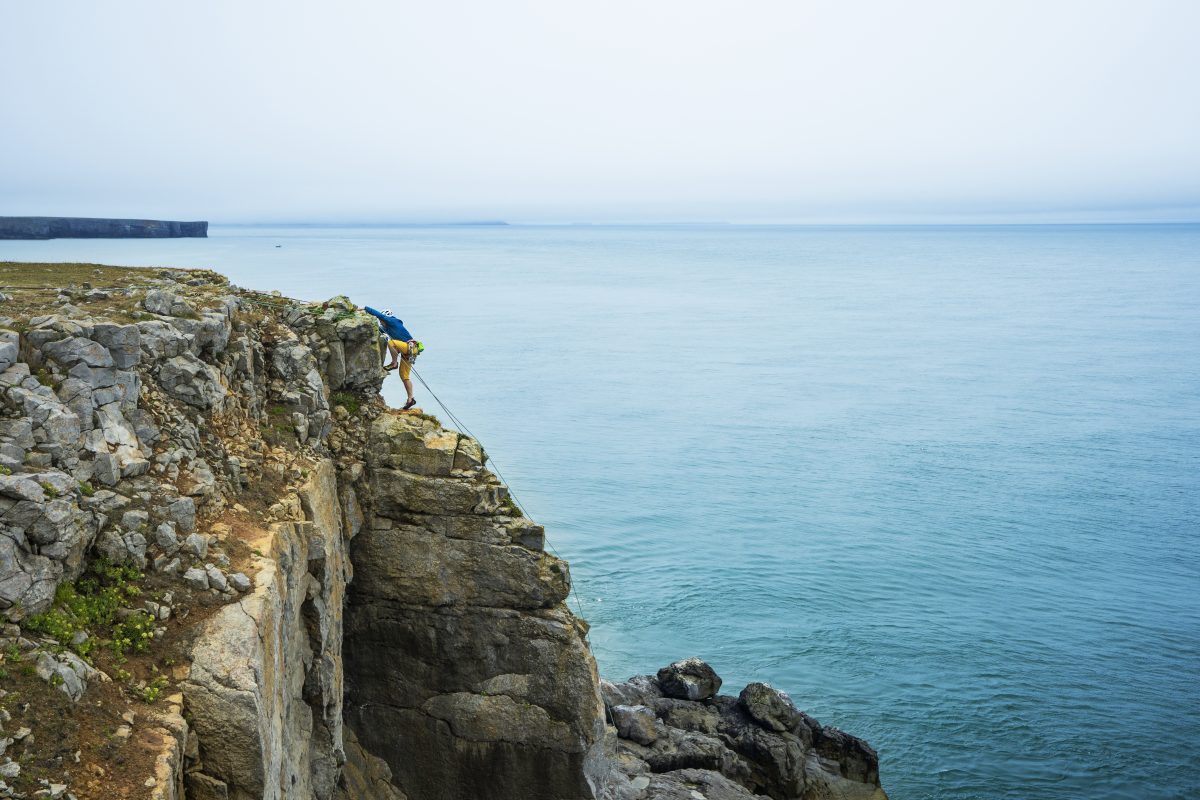
Geological training
Organisations offering outdoor education/activities should join the Pembrokeshire Outdoor Charter Group which offers a free training programme delivered by specialists in the field of geology and ecology. Cave deposits and associated fossils are generally very vulnerable to significant damage and loss of scientific information if excavated by anyone without proper training and resources. Disturbance of bats that may be roosting in caves is a serious offence.
Some fossil sites can be rendered worthless through over-collecting and fossils in limestone are usually only clear after they are picked out by weathering. Please take photos only unless you have obtained written permission from NRW for collecting fossils for genuine scientific research.
